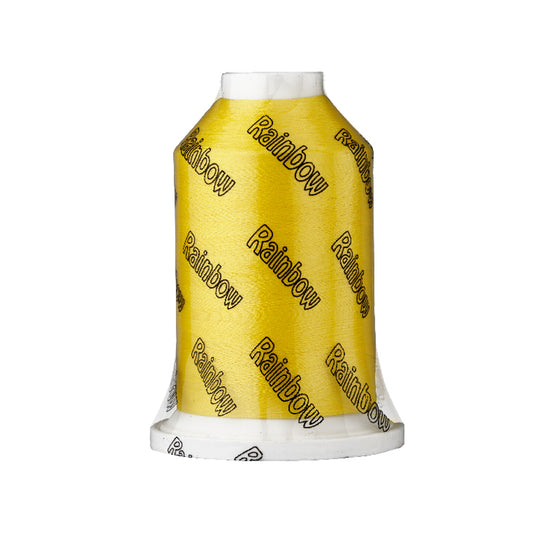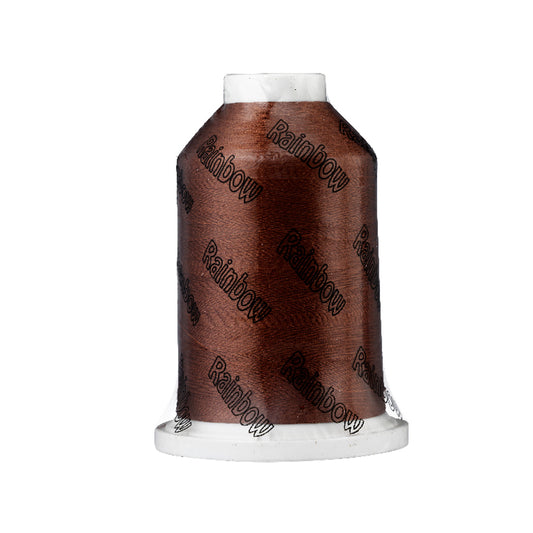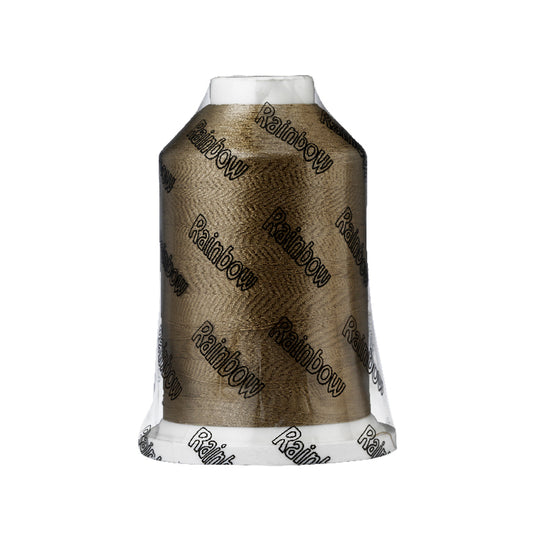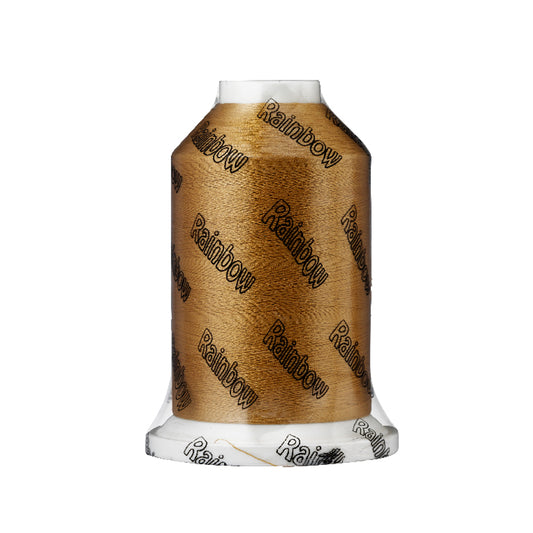Ultimate Guide to Buying a Used Embroidery Machine
Purchasing a used embroidery machine can be a savvy investment, whether you're an embroidery enthusiast or a business owner looking to expand your capabilities. However, it's essential to make an informed decision to ensure you get the best value for your money. This comprehensive guide will walk you through everything you need to consider when buying a used embroidery machine.
Why Consider a Used Embroidery Machine?
Used embroidery machines can offer significant cost savings compared to new models. They are often well-maintained and can perform just as efficiently. Here are some key reasons to consider purchasing a used embroidery machine:
- Cost Efficiency: Used machines are generally more affordable, allowing you to invest in higher-end models with advanced features at a fraction of the price.
- Depreciation: New machines depreciate quickly, but used machines have already undergone this initial depreciation.
- Availability of High-End Features: You can access features found in top-tier models that might be out of your budget if bought new.
Key Considerations When Buying a Used Embroidery Machine
Understanding the Types of Embroidery Machines
It's important to understand the differences between home and commercial embroidery machines, as well as the significance of machine formats and compatibility with your needs.
Evaluating the Condition of the Machine
The condition of the machine is paramount. Ensure you inquire about its maintenance history, including:
- Regular servicing and any repairs done.
- Parts replaced or upgraded.
- Whether the machine has been professionally maintained.
Inspect for signs of wear and tear, especially in key components like the needle and thread paths. Check for the latest software and available upgrades.
Considering Additional Costs and Accessories
Check what accessories and software are included with the machine. Essential accessories might include:
- Hoops of various sizes.
- Embroidery threads and bobbins.
- USB sticks or memory cards for designs.
Estimate the costs of additional hoops, threads, and needles. Ensure the machine comes with the original software or any updated versions, as these can be costly if purchased separately.
Embroidery Area and Speed
Consider the machine's embroidery area and speed. A larger embroidery area allows for bigger designs and less rehooping. Machines with higher stitches per minute (SPM) increase productivity, crucial for commercial use.
Ensuring Support and Training Availability
While used machines may not come with a manufacturer’s warranty, check if there is any remaining coverage or if the seller offers a limited warranty. Additionally, ensure you have access to customer support and service centers. The benefits of choosing a machine with accessible customer service and training opportunities for efficient machine use cannot be overstated.
Vendor Reliability and Warranty
Verify the reliability of the seller and understand the terms and conditions of any warranty on offer. Reliable vendors can provide assurance about the machine’s condition and support.
Practical Test and Demonstration
Arrange a live demonstration to see the machine in operation. Conduct a test to evaluate embroidery quality and functionality, and listen for unusual noises that might indicate mechanical problems.
Negotiating the Best Deal
Techniques for negotiating the price include being aware of the market value and demand for second-hand machines. Don’t be afraid to negotiate to get the best possible deal.
Delivery and Setup
Coordinate safe transportation of the machine to your location. Assess the space requirements and setup needs at your facility to ensure a smooth installation process.
Making the Final Decision
Purchasing a used embroidery machine can be a wise investment if you do your homework. By considering the machine's condition, brand, included accessories, and technical specifications, you can ensure you make a purchase that meets your needs and budget. Balance budget constraints with the machine's capabilities, and consider long-term business needs and potential for expansion.
First Trim's Hot Take
When considering a used embroidery machine purchase, it's crucial to do your due diligence. The difference between home and commercial embroidery machines can be significant, and you need to ensure that the one you choose is compatible with your work. Inspect the mechanical parts carefully, understand the software requirements, and don't underestimate the value of good customer support and training resources. Remember, the additional costs for accessories shouldn't be overlooked. At First Trim, we understand that savvy negotiations and a solid warranty can make all the difference in getting value for money. Don't skip the demo; it's the best way to ensure the machine meets your quality and functionality needs. And lastly, think about the long-term implications of your investment and how it aligns with your business growth. With these tips in mind, you're set to make an informed decision on your next embroidery machine acquisition.
For more detailed information on specific models and buying tips, you can visit ZDIGITIZING's comprehensive guide. Happy embroidering!




